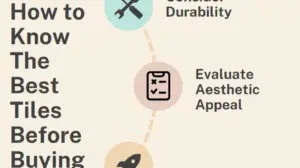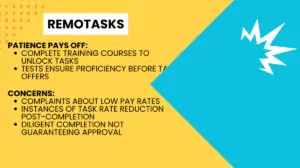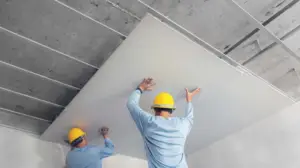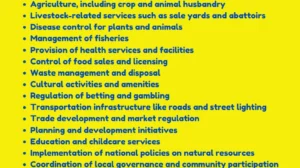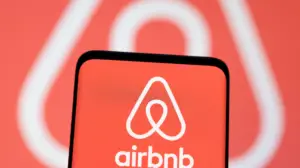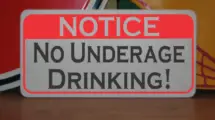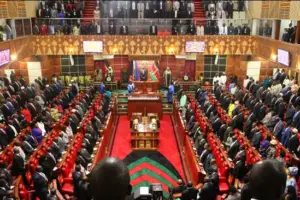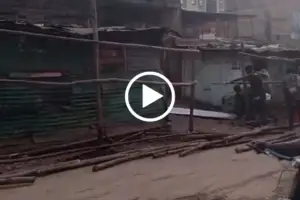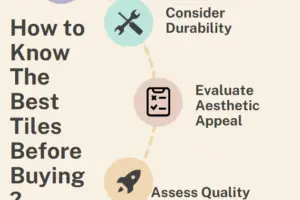
The Court of Appeal yesterday declared the entire Standard Gauge Railway (SGR) contract illegal. This, the judge argued was because the Kenya Railways Corporation (KRC), the firm that floated the tender failed to comply with Procurement Laws, especially, the provisions of a section of the Public Procurement and Disposal Act, 2005.
“We substitute therefore an order declaring that Kenya Railways Corporation, as the procuring entity, failed to comply with, and violated provisions of Article 227 (1) of the Constitution and Sections 6 (1) and 29, of the Public Procurement and Disposal Act, 59 2005 in the procurement of the SGR project. The appeals succeed to that extent only,” the ruling reads.
The case had been filed by activist Okiya Omtatah and Wycliffe Gisebe Nyakina. The duo argued that there was no due diligence or independent feasibility conducted and that the design of the project was undertaken before seeking contractors to implement it. Further they submitted that there was a conflict of interest in awarding the contract to China Road and Bridge Corporation (CRBC), which had been blacklisted by The World Bank Group.
“….that in any event CRBC was ineligible for the award of the contract as it had been blacklisted by the World Bank for engaging in corruption in a road project in the Philippines,” court papers read.
KRC tried ti defend itself flimsily that they were ‘forced’ to give CRBC the contract because the loan was coming from their country – China.
Justices Martha Koome, Gatembu Kairu and Jamila Mohamed saw through the lies and ruled that that was not the case.
“This is because as indicated above, the contract with CRBC as the contractor was procured long before the financing agreement was entered into. The holding by the learned Judge to the contrary, is with respect, not supported by the facts as set out above,” the ruling reads.

Greed on steroids
The cost for the construction of the 327-kilometre railway was overpriced by a very big margin.
Early this year, Daily Nation reminded Kenyans of the white elephant project through the article SGR’s Sh1bn grass: Unbridled greed and negligence in megaproject after getting the contract.
Though the nations touched on the excesses of the SGR contract in terms of costs, they didn’t reveal all. There’s was an introduction which I quote in italics below.
The Nation Media Group reported: Digital voice recorders cost as little as Sh2,000 in Nairobi. These small costs here and there multiplied by the number of the gadgets being bought added up to billions of shillings.
CRBC also billed Kenyans Sh38 million to install a passenger guiding system, Sh14.6 million for each security system at the railway stations, Sh26 million for each luggage inspection system and Sh14 million for passenger monitoring systems at the stations.
The company also said it bought 46 A3 laser printers at Sh513,700 each for use at the stations during construction. The Nairobi station received five of these printers. These printers currently cost between Sh40,000 and Sh75,000.
Each of the intermediary stations also got a 30KW generator for use in case of power outage; Mombasa and Nairobi got two. The diesel generators, according to the contracts, were acquired at Sh4.26 million each. When the Nation asked around, we were told we could have one for Sh1.5 million.
Additionally, Kenyans paid Sh5.4 million for each of the 31 boreholes dug by CRBC in the intermediate stations. The Sh5.4 million is for drilling alone minus equipping and commissioning. The entire SGR from Mombasa to Nairobi has seven stations, which means each one was supposed to have three boreholes, a geological impossibility.
CRBC also said it needed to import six ZX7 DC/AC arc-welding machines as each station needed six of these for construction. These, according to CRBC, were bought at Sh442,872 each. We were able to get the same for Sh25,000 from Chinese manufacturers.

Moving on, the SGR contract will now be serialised by cnyakundi.com.
The project from Mombasa, through Nairobi to Naivasha has now gobbled over Sh500 billion. Most of the money has gone to kickbacks, to oil government officials pockets.
Some notable Kenyans have called out the project for (i) being overpriced, (ii) not worth the effort etc, some of them include David Ndii, the managing Director of Africa Economics, he warned, even before the project started, that it was not viable.
“The railway has been sold as a commercially viable project, that is, it would pay for itself…I maintained that the railway could not pay, and that the debt would be paid from the public purse. This has now come to pass”. David Ndii repeated this statement that he made in 2014 in 2018 in a hard-hitting article titled, “SGR by the numbers: Some Unpleasant Arithmetic”
In February, 2014, he had lamented that the ‘debate on the proposed standard gauge railway is focusing on dodgy procurement”.
The claims of inflated costs of the SGR project was recently supported (not that he didn’t also reveal it in the past) by the African Union (AU) High Representative for Infrastructure Hon. Raila Odinga during an interview in a local TV station. During the interview, Raila said that he and former President Mwai Kibaki in the coalition government had tendered the SGR project at a lower cost, but when President Uhuru Kenyatta and his deputy William Ruto took over in April 2013, they cancelled the contract and re-tendered a fresh at inflated costs.
“Before we left (the) government with Mwai Kibaki, we awarded SGR tender to a company at USD2.5billion. But when jubilee came in in 2013, they cancelled the tender and awarded it back to the same company but at USD4.5billion. Obvious inflation of figures”-Raila Odinga, said in an interview in January 2020.
Ufungamano Group also tried to warn us. Kiriro wa Ngugi explained why there is a need to rethink the proposed Mombasa-Nairobi Standard Gauge Railway at Ufungamano Multi-Sectoral Forum on March 18, 2014.
The SGR contract titled, ‘Supply and Installation of The Facilities, Locomotives, and Rolling Stocks for the Mombasa – Nairobi Standard Gauge Railway Project’, is big, however, we have narrowed down to the charade of Section 13 Appendix A: Non-Binding Bill of Quantities area. This is 44 pages of pure looting.
The contract was signed by the representative of the Chinese govt in Kenya, a Mr Li Qiang was the General Manager of China Road and Bridges Corporation (CRBC) and then Managing Director of Kenya Railways Nduva Muli.

So, apart from what had already been reported by the mainstream media, this is what we also found.
The looters of our country led by UhuRuto saw it fit to raise the prices of basic commodities to levels unprecedented for example a mere bench cost Ksh180,000. The prices were quoted in United Stated Dollars (USD) and Kenyabulletin.com’s conversion rate for this article will be USD 1 for Ksh100.
A battery forklift that costs about Ksh900,000 was bought at Ksh1.37 million.
Acetylene cylinder normally worth Ksh5,000 was purchased at Ksh38,040.
A good lighting arrester retailing for between Ksh500 and Ksh3000 was sold to Kenya at the price of Ksh11,680.
It is important to note that the prices given already have a mark-up and that the price quoted by the looters of Kenya, the difference is what they took home.
When Daily Nation broke the news about Sh1 Billion used in growing grass, the government called it fake news.
Chairman of the Transport and Public Works Committee in Parliament who is also the Pokot South Member of National Assembly David Pkosing told Voice of America (VoA) news in January 2020 that the news about Kenya paying for grass along the SGR route at Ksh1 billion ‘were rumors and fake news’.
Nonetheless, to prove Pkosing wrong, in the Earthworks section, the famous cost of the billon shilling grass emerges; the exact amount is actually Sh1,090,704,240.

The claims of inflated costs are no longer claims as earlier thought, the serialisation of the contract has began, and this one has shown.
We shall reveal more inflated costing and the effects on economies of Mombasa and Kenya in general. The misery.
We continue next week, Part 2



